What Is The Grounding Electrical Panel?
Grounding Electrical Panel: A Step-By-Step Guide
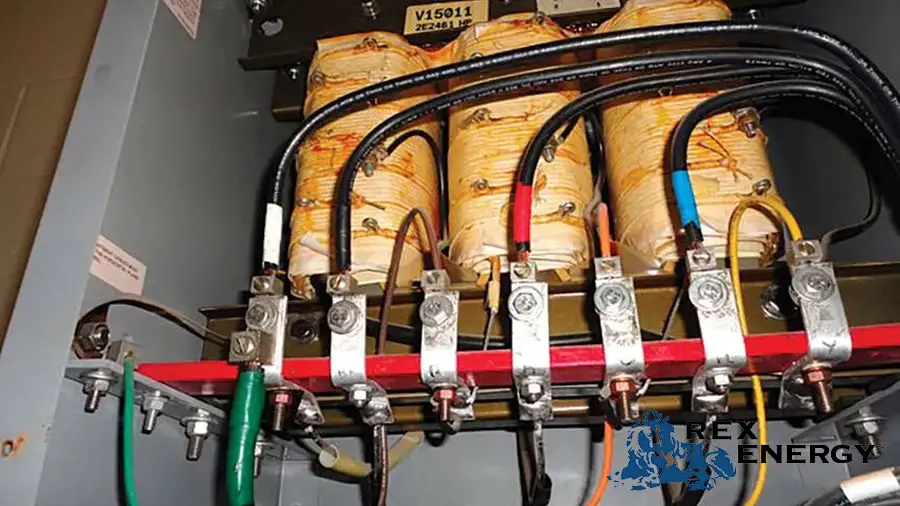
Step 1. Install The Ground Bar Or Rod
Knowing where you want the residual current to flow is the first step in getting your ground path to the electrical panel. It would help if you had a ground rod or bar because you cannot let your grounding wire hang or attach to the wall.
You should bury the rod up to 8 feet and leave it 3 to 4 inches where your ground cable will be attached.
If all grounding requirements are met, you can use a mallet to begin inserting the ground rod into the ground outside your home. Ensure the bar on the electric panel ground is connected and no pedestrians walk over it.
Step 2. Attach The Ground Wire To The Ground Rod
Using a clamp, connect the grounding wire to the rod and secure the connection.
Step 3. Keep Your Breakers Off
Before proceeding with electrical installations, you should always check that the circuit breakers are disconnected. It should only be reopened when you are about to test.
Turning off the breaker panel is necessary to operate the electrical connection safely and prevent electrical damage or even electric shock.
Step 4. Remove The Panel Cover
Most of the panel’s sides or covers are secured with screws. Depending on the type of screw head used, a flat-head or cross-head screwdriver should remove the panel cover.
Step 5. Choose Your Proper Knock-Out Hole
The wires must be placed into the mounting hole and threaded inside the control panel. Depending on where you place your grounding rod, be aware of where the proper infrasound hole should be placed.
It’s advised to select the closest spot to the ground rod or ground bar in case you don’t have any electrical grounding diagram.
Step 6. Locate The Grounding Bar Or The Neutral Bar
Most electrical panels have an internal ground rod where the ground wires should be connected. However, electrical panels lack built-in ground rods, so your ground wire needs to be connected to the neutral bar.
Step 7. Connect Your Ground Wire To The Rod Or Bar
First, attach one cable end to the ground rod or neutral bar inside the electrical panel using a size 6 copper grounding wire. To reduce unnecessary bending of the ground path, carefully thread the wire through it.
A hole is cut close to the ground wire outside the house and fixed carefully. To avoid tangles, you can use a lanyard if necessary.
Check that the other end is fully attached to the ground rod to eliminate any possibility of a loose ground wire. Ensure the ground path is free of any damage and does not block any path.
Step 8. Finish Up
Begin electrical testing after switching on the circuit breaker, and remember to use personal protective equipment. You can also use a multimeter to measure resistance. For proper grounding, it must be close to zero.
If all goes well, attach the screws to their original positions and close the faceplate.
FAQs
Do Panels Need To Be Grounded?
Yes.
All outlets in your home should be connected to one electrical panel, which serves as the primary power source, so grounding your electrical panel ensures that all of your outlets remain intact.
According to research, in the US alone, electric shock causes more than one life daily. The best way to prevent or minimize possible problems in your home is to include an extra layer of safety protection, such as electrical panel grounding.
Will A Breaker Trip With No Ground?
No.
Unless the circuit involves a ground fault breaker, frequent electric shock hazards will not cause the breaker to trip without a ground wire.
Why Don’t We Ground A Subpanel?
The current can flow back to the main panel on both grounds and neutral when linked together. Current will flow through whatever is connected to the sub-panel, such as enclosures, ground wire, piping, etc., and back to the main panel if the load becomes unbalanced, grounded, and neutral.
Conclusion
Safety should always come first when working with electrical wiring systems and electronic equipment. After work is finished, safety precautions should still be taken as there are still dangers that could result in serious injury or even death.
After reading this article, we hope you can familiarize yourself with the electrical panel grounding diagram. The risk of injury or death from electric shock is minimized by connecting the ground wire to the electrical box. Please comment and share if you think others are interested in reading this post.
See also:

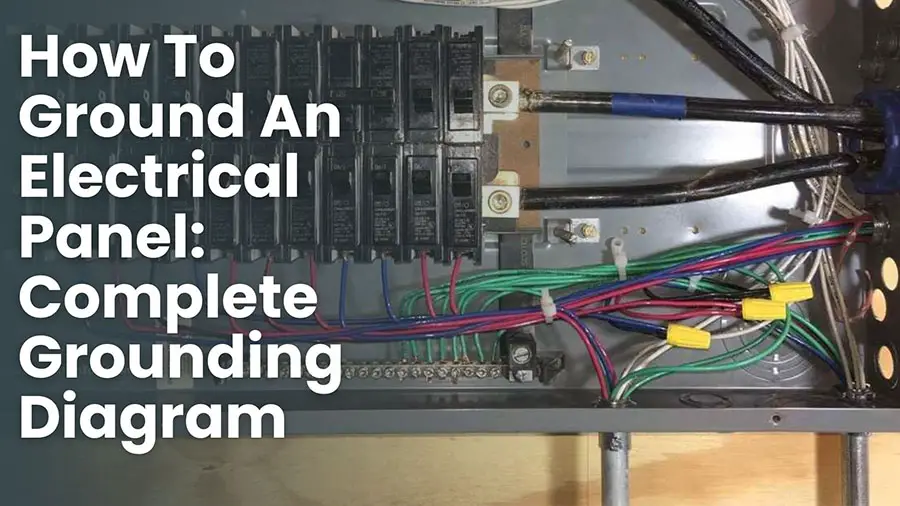

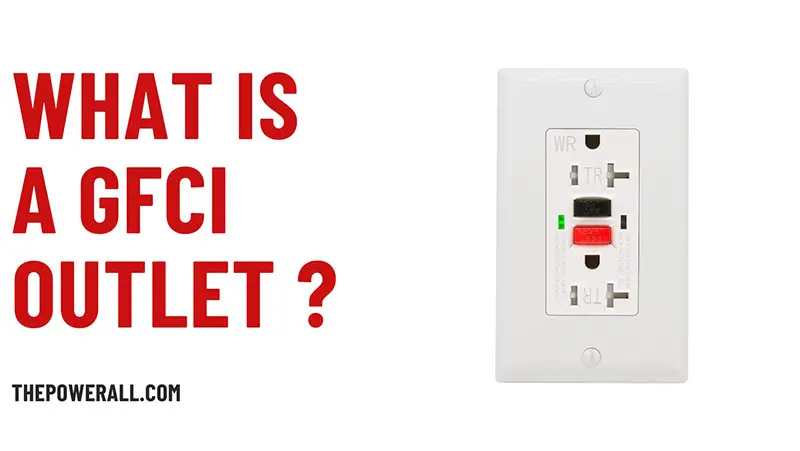

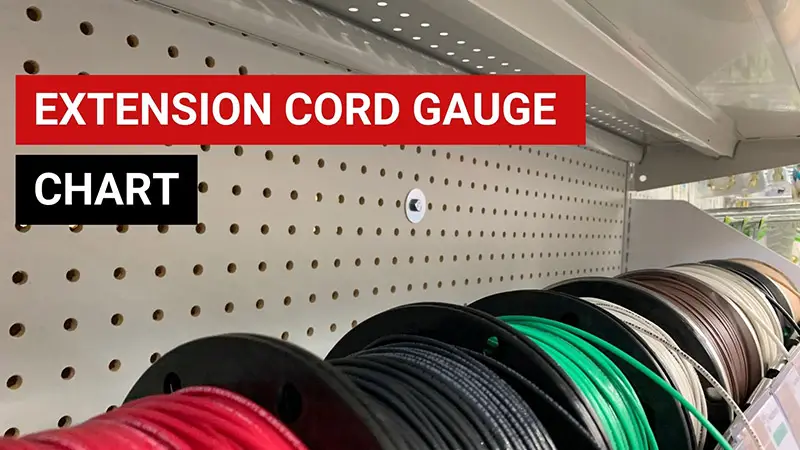
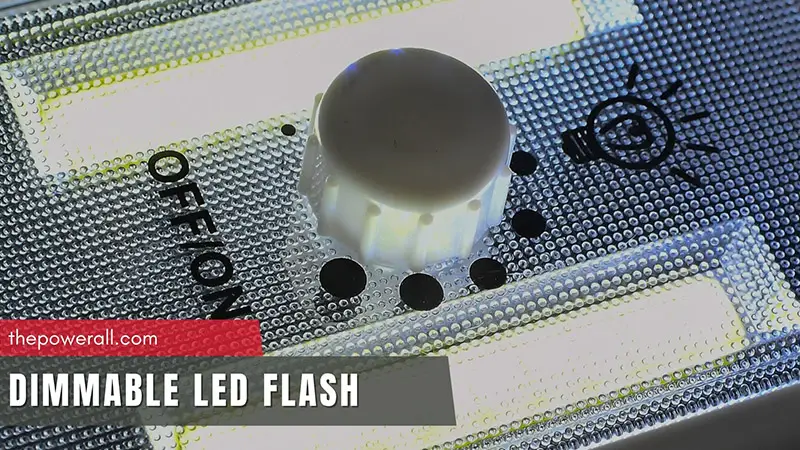
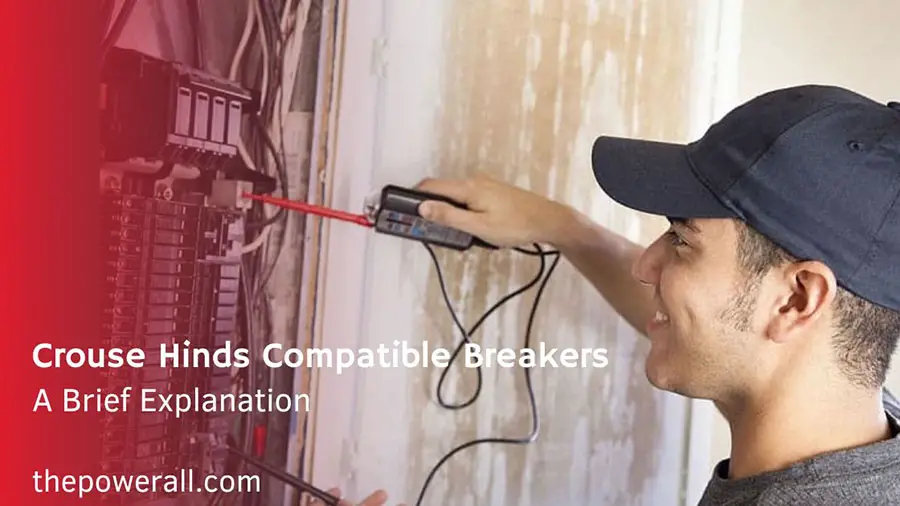
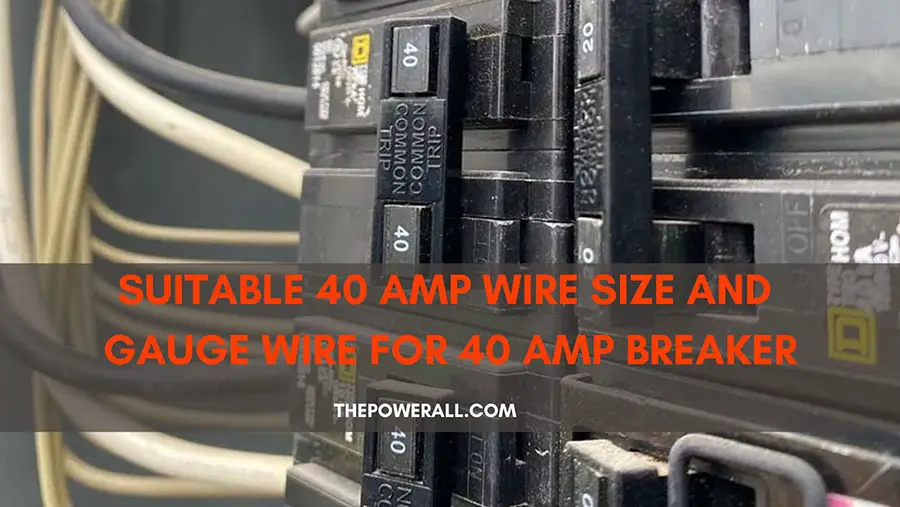

0 Comments